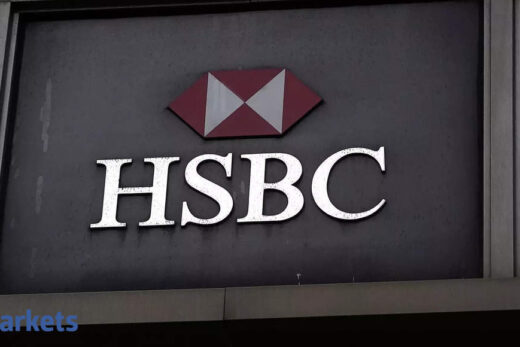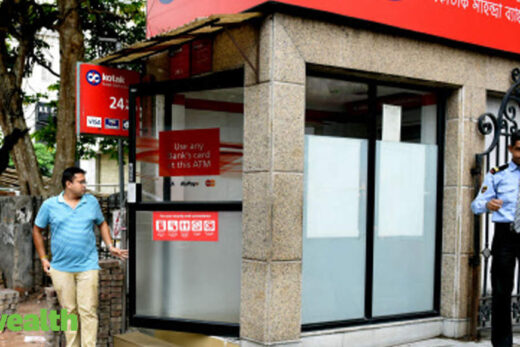Regaining depositors and raising capital were the first order of business for Kumar, who took over the reins of Yes Bank in March 2020 after regulators seized the lender to prevent its imminent collapse. A year later its deposits have grown nearly 55% as opposed to losing 40% of the total prior to the bailout.
“We have achieved our target for derisking our corporate book,” Kumar said in an interview with Bloomberg News on Saturday. “Getting back on the front-foot of lending and accelerating our bad loan recoveries will be the key focus areas this year.”
Yes had shrunk its exposure to businesses to derisk its balance-sheet after a history of lending to weak companies under former co-founder and ousted CEO Rana Kapoor. Piling bad loans, poor capital ratios and flight of depositors led to the bank’s downfall, leading to its seizure and transfer of control to a group of lenders led by State Bank of India.
 Bloomberg
BloombergThe bank will aim to grow its corporate loan book by 10% now, Kumar said, versus a 11.7% contraction last financial year. Focus will also be on expanding the less-risky retail and small businesses lending by 20%, he said.
Virus Impact
Kumar is confident of recovering at least 50 billion rupees of soured debt in the current financial year even as activity curbs to stem a second coronavirus wave in India adds to the economy’s
pain and threatens to push up banks’ bad loans going ahead.
“Last year it was a complete lockdown,” Kumar said. “Economic activity is much better now. Also this time we have vaccinations. We are quite optimistic.”
Read: India’s Covid Crisis Threatens the World’s Pandemic Recovery
The bank incurred a loss of 37.9 billion rupees ($512 million) in the quarter ended March as it stepped up bad loan buffers. Its gross bad loan ratio was 15.4% as of end of March, an improvement from 20% level in the three months prior.
Kumar has reasons to believe the worst is over, and says the bank will not need to significantly step up its provisions that have acted as a big drag on its profitability so far. Yes Bank expects less than 50 billion rupees of slippages with most of it likely from its 137 billion rupees of stressed book, he said.
The lender has approval to raise up to 100 billion rupees of capital, but it might not need to do so this year unless there is a massive lending opportunity. It had raised $2 billion last July.
“Life is always full of challenges and especially if you are running a bank which was almost about to collapse just a year back,” Kumar said. “This journey will definitely be challenging.”



